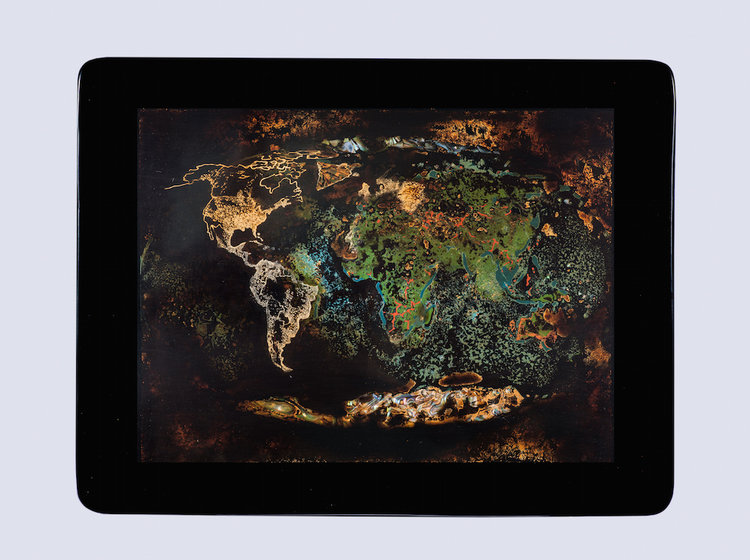It was a different experience from the ACMs compared to times before as there was a guide explaining the collection and bringing the stories from the past come alive. As the collection was being described, as a visual learner, it was easy to visualize how life would have been as I was listening.

A view of Officials assembling for a trial at the hongs of Canton, 1807, Canton (now Guangzhou), China
My favorite object would be the painting of the Officials assembling for a trial at the hongs of Canton. When it was being explained that this was during the time of the trial of seamen from the British ship who had been involved in the death of a Chinese man, I didn’t expect to hear that as it looked like a normal depiction of a rendezvous between locas during the 19th Century ( I was standing far behind and I couldn’t see much other than a crowd of people and tall beautiful buildings). It was a surprise compared to what I had expected the description of the painting would be and made me do a double take and look at objects in ACM in different way. Being so used to ACM for the few visits here, I got used and took the objects for granted so I definitely am grateful there is someone explaining the objects in the 2 hours and give me a different outlook.
It was also a favorite because it was beautifully painted from the architecture of the buildings that showed some sort of European ties to the country, the colours picked that showed contrast from the ground and up so there is a shift in focus in the painting, prominent and detailed figures in the painting and, traces of how there is a sense of aerial perspective that the painter had learned that shows the previous times China has exchanged art and information with the West and had have their own Renaissance to paintings.



